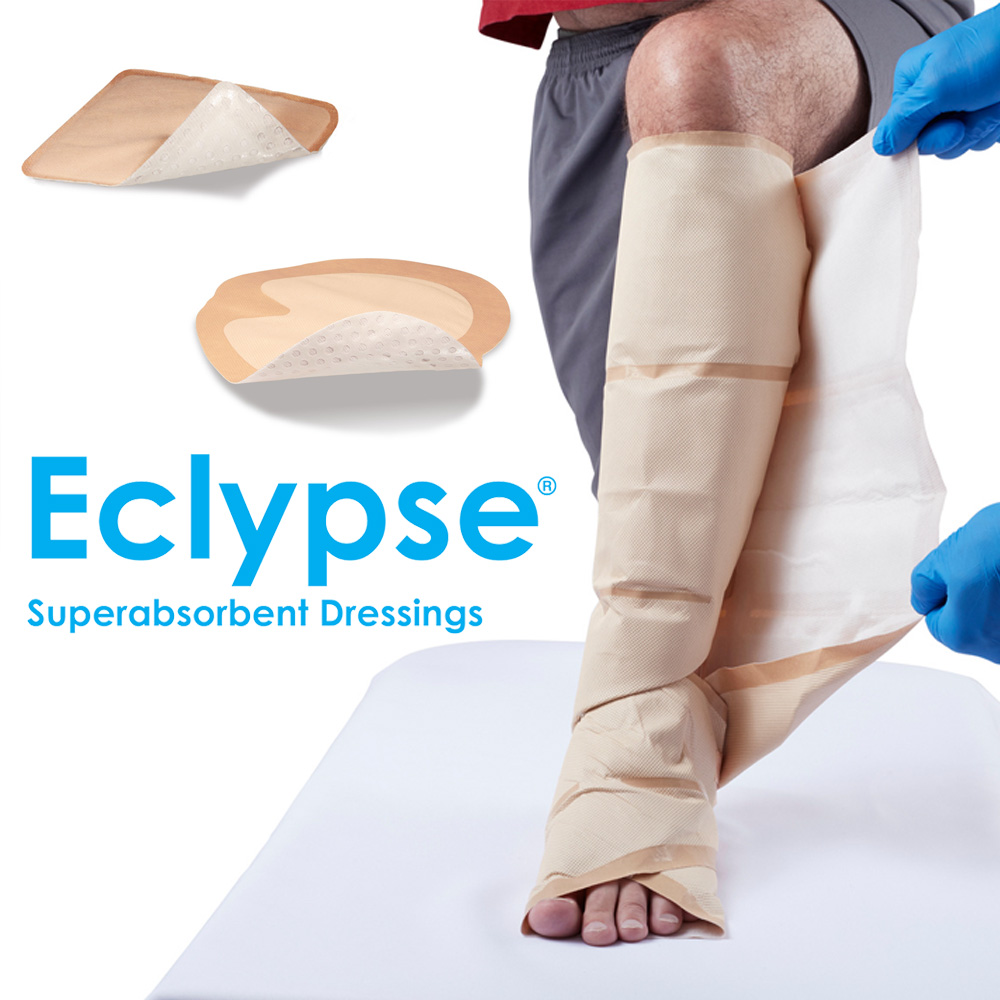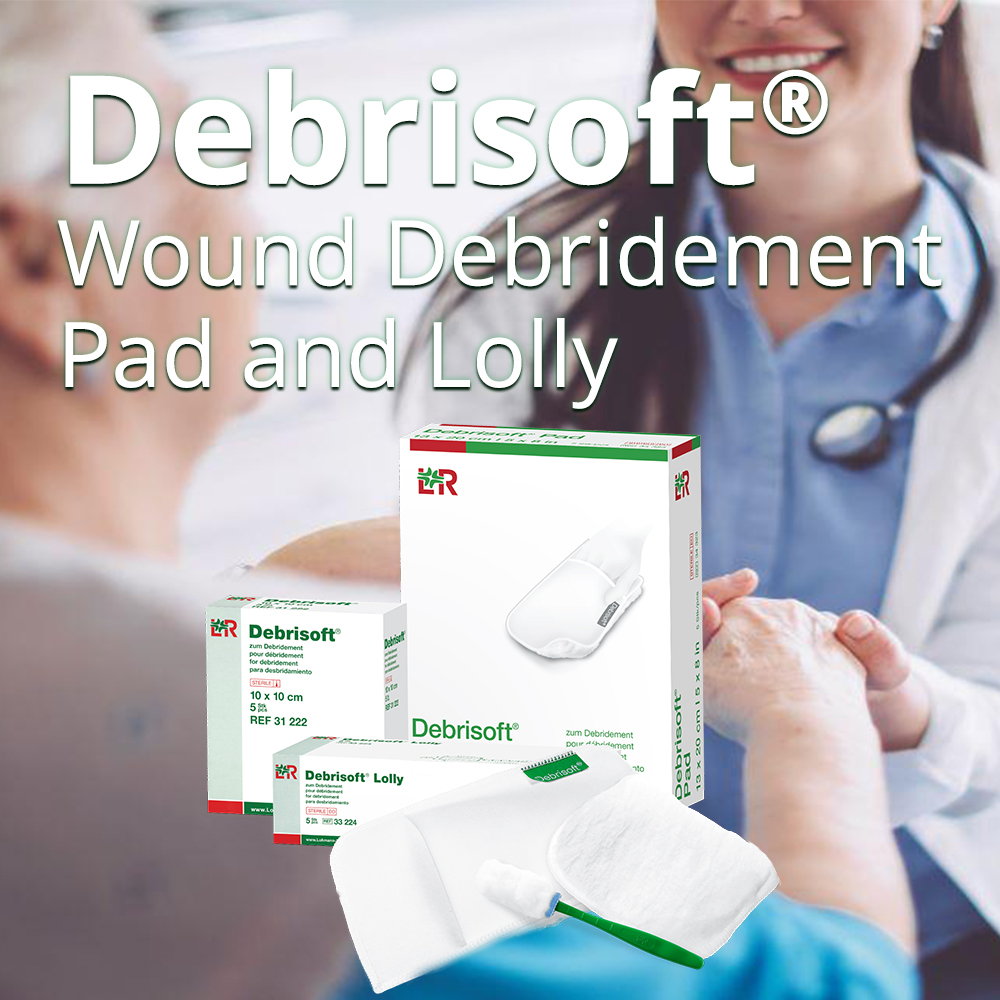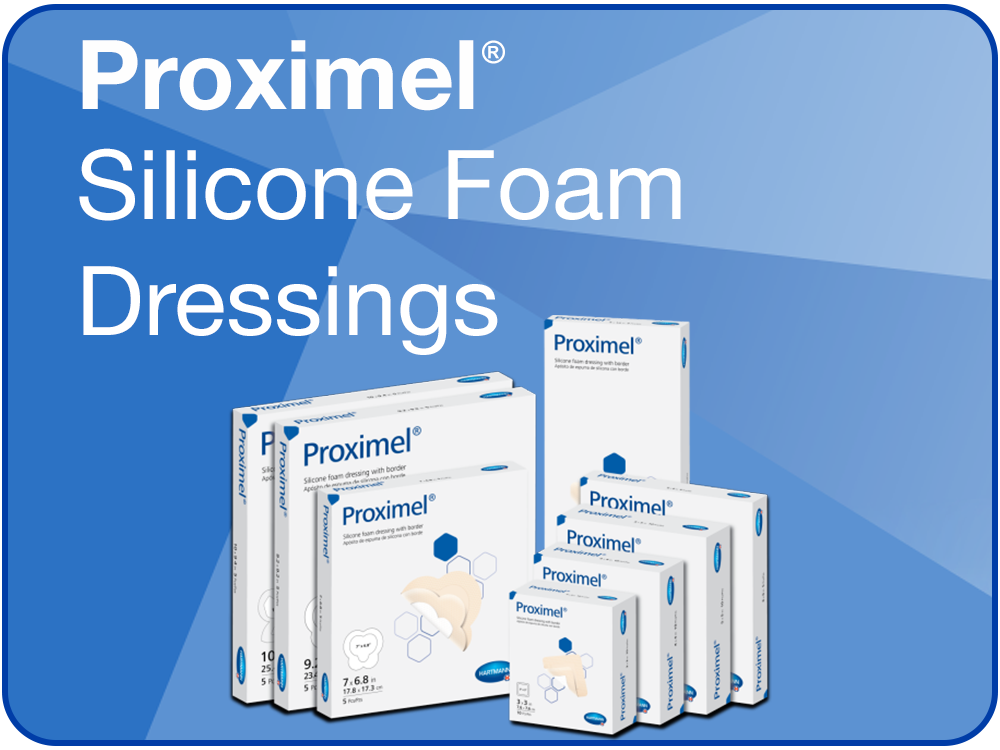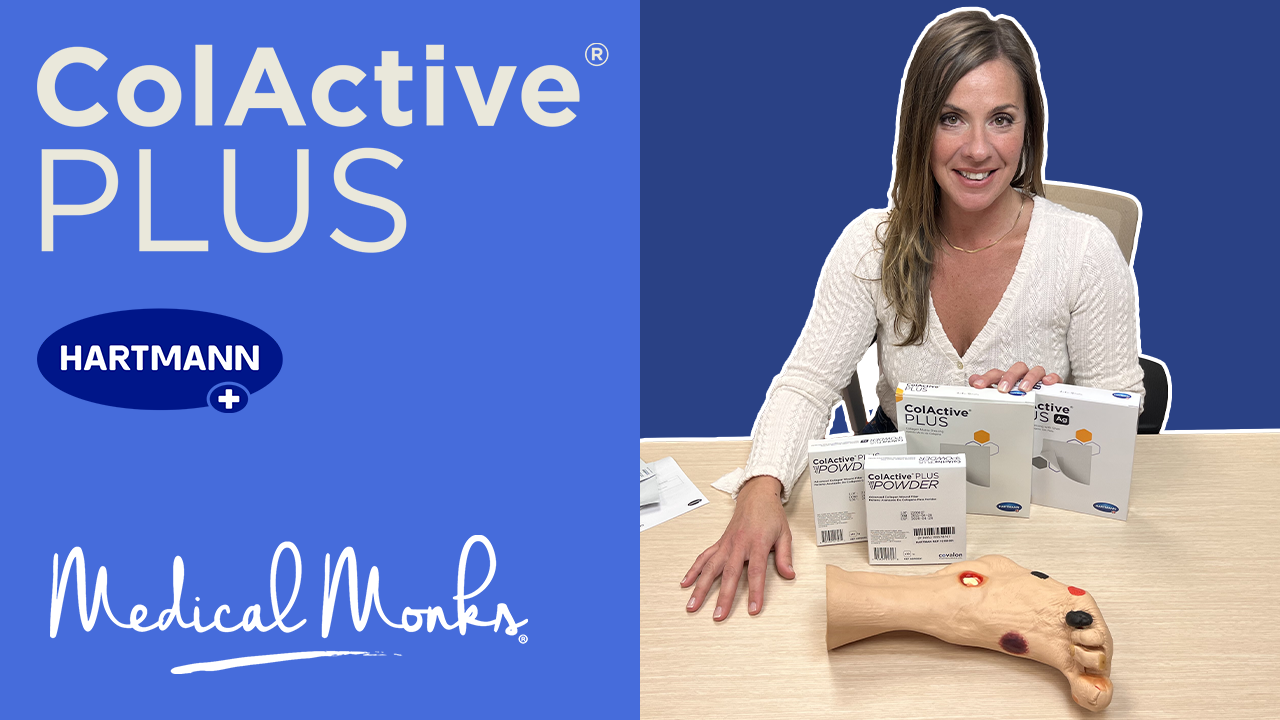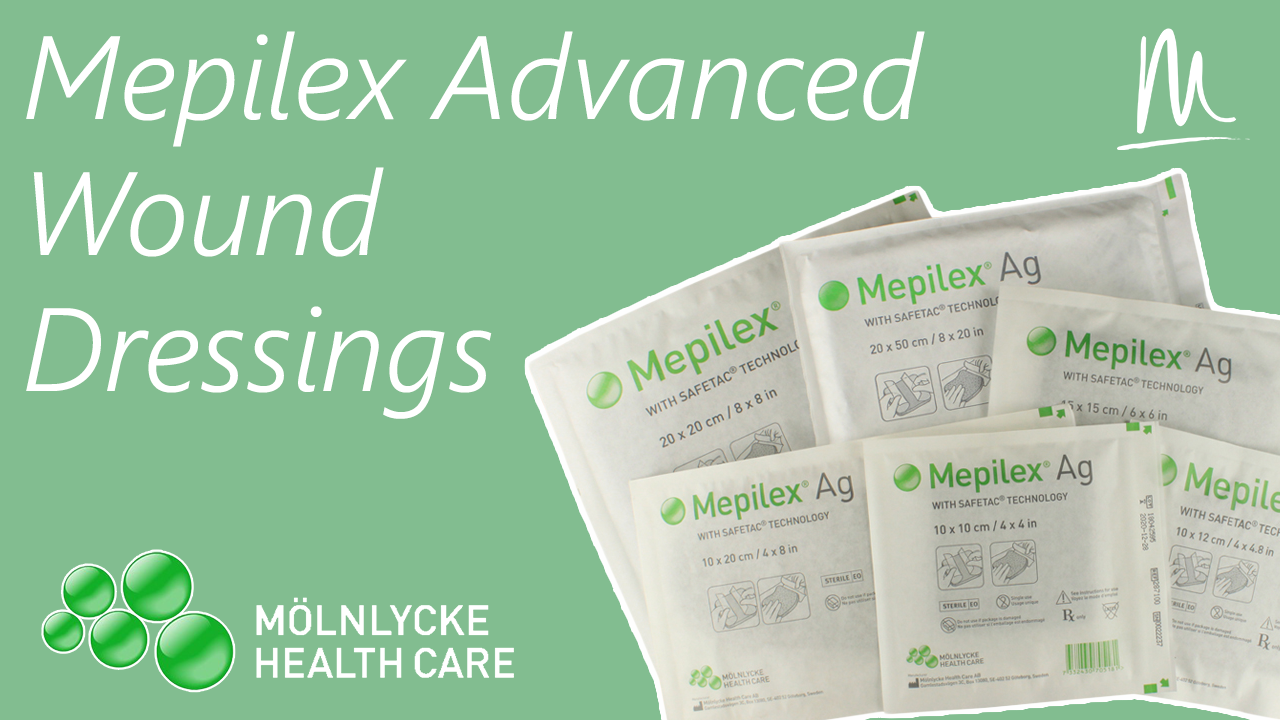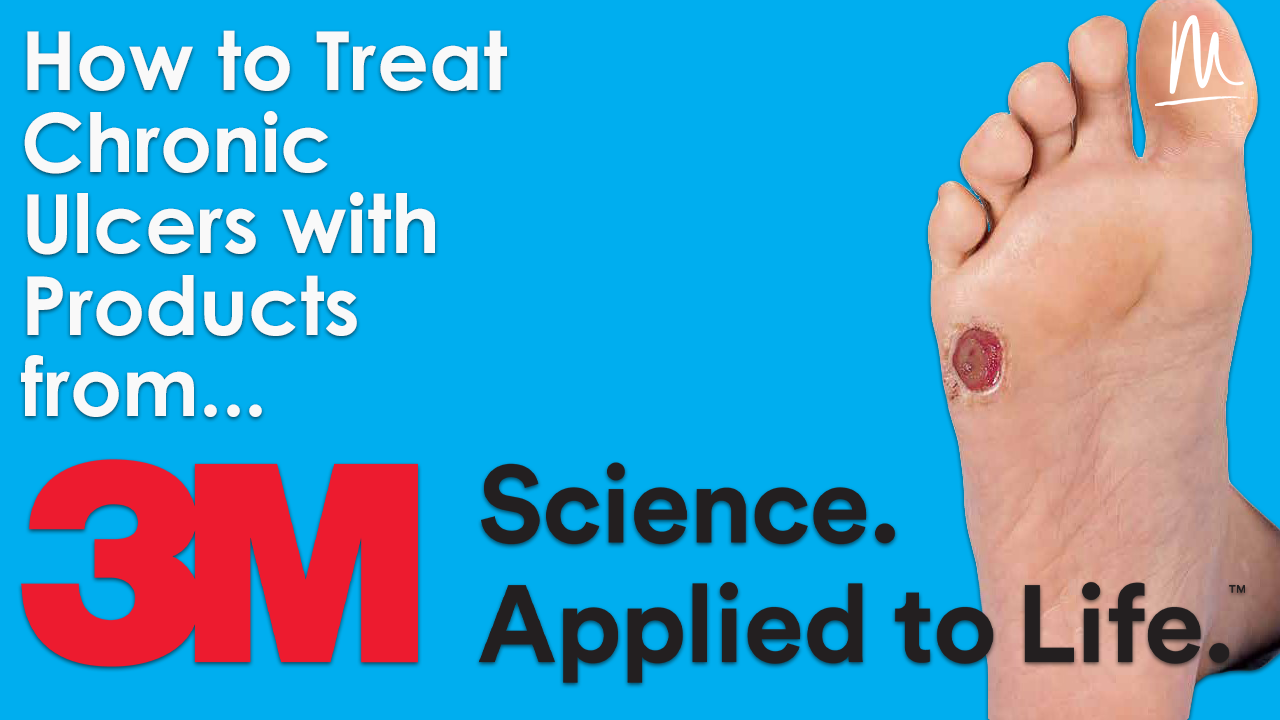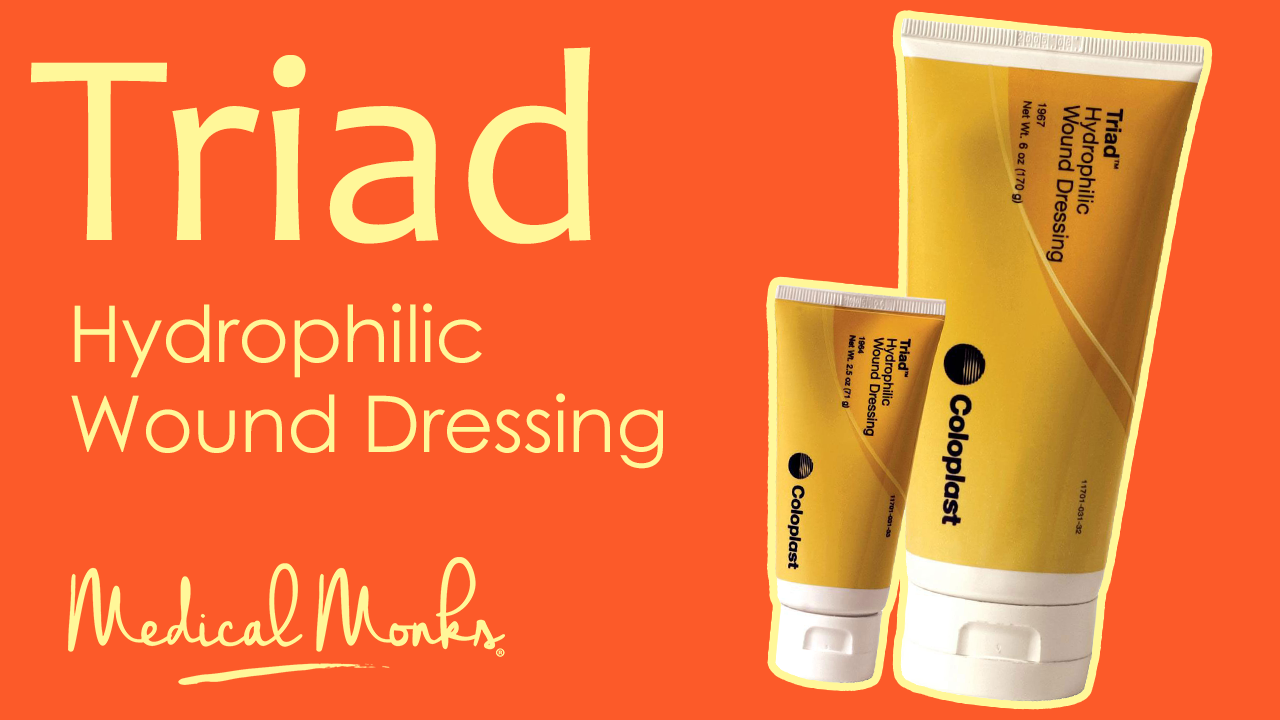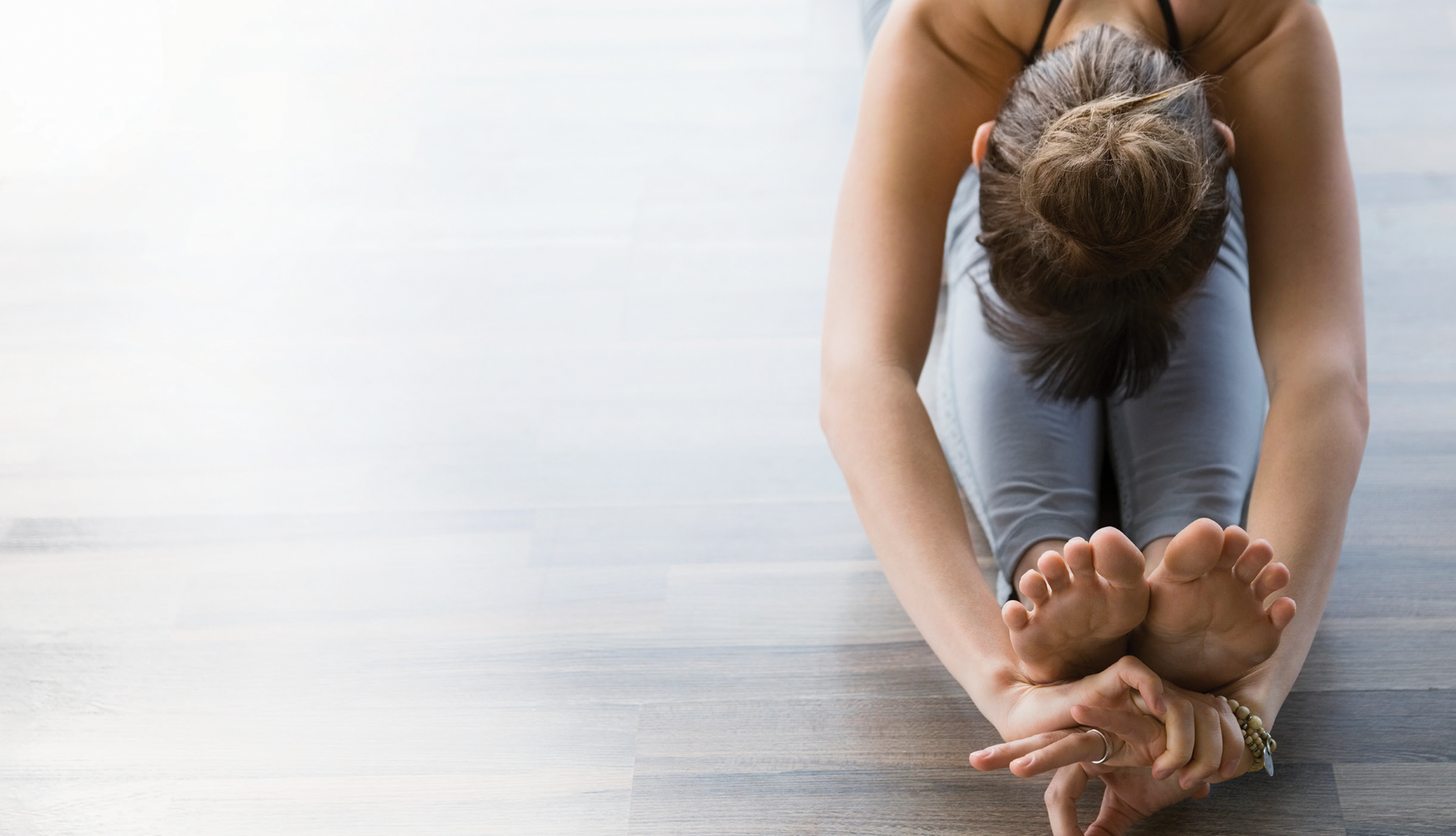What causes diabetic foot ulcers?
The root cause is a combination of factors resulting from diabetes, primarily decreased blood flow to the limbs. This can be exacerbated by high blood glucose levels and nerve damage resulting in numbness of the limbs.
Loss of feeling in the limb may cause the patient to overlook an ulcer until it has reached a severe stage, becoming infected and difficult to heal. (source)
What does a diabetic foot ulcer look like?
Generally, DFU’s will appear as a round, red, open crater surrounded by calloused skin. They can vary in severity, from shallow and manageable to deep and highly exuding. Often, they will actively discharge blood or pus and can be very difficult to heal.
If severe, they may be deep enough to reveal tendons and/or bones in the foot. (source)
How do you prevent diabetic foot ulcers?
If you are suffering from diabetes, it is important to consult with your doctor or other medical professional to keep your blood sugar at an optimal level. Plans to this end may include diet management, exercise, insulin or other medications. This is important not only for preventing ulcers, but for your health generally.
If you have high blood pressure, take measures to reduce it by practicing good nutrition and eating habits, staying physically active, and avoiding tobacco. (source)
How do you treat diabetic foot ulcers?
Treat a DFU by following these steps:
- Take pressure off the foot. Also called “off-loading,” this involves making arrangements for the patient to move around while putting as little weight on the foot as possible. This will likely involve the use of a cane, crutches or a special boot.
- Clean and debride the ulcer. Like any wound, keeping the area clean and free of dead tissue is a must. In addition to basic first aid, it may be necessary to gently remove necrotic tissue with a product like Debrisoft.
- Apply dressings. Always keep the wound covered with a dressing that promotes a moist healing environment, such as a hydrocolloid or hydrogel. Foam dressings may also be necessary for absorption of exudate. If the ulcer is severe enough, you may also want to consider a silver dressing to protect against infection, and/or a collagen to promote healing.
- Monitor blood sugar levels – high glucose will inhibit healing. (source)
Product Solutions
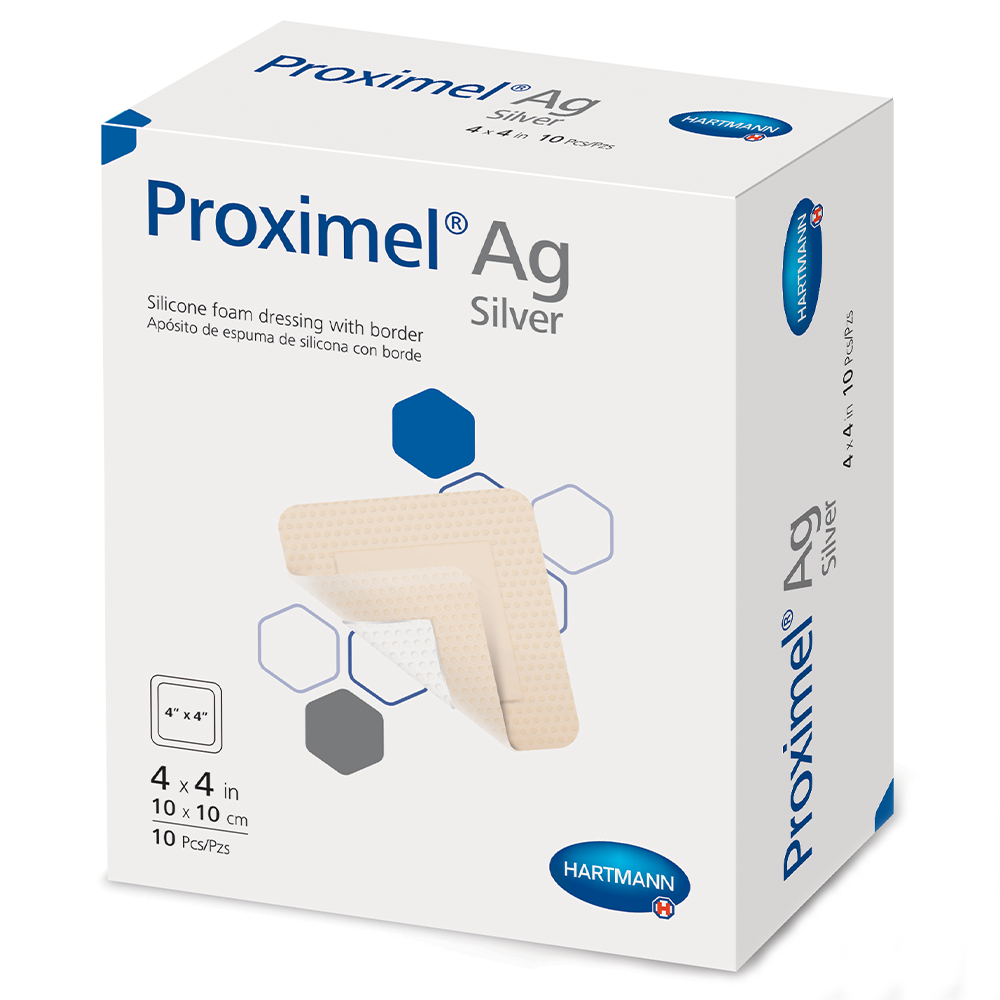
Proximel Ag Silicone Foam Dressing with Border
Designed for treating moderately to heavily exuding wounds, Proximel® Ag bordered silicone foam dressings utilize an innovative five-layer design that improves patient comfort, reduces complications
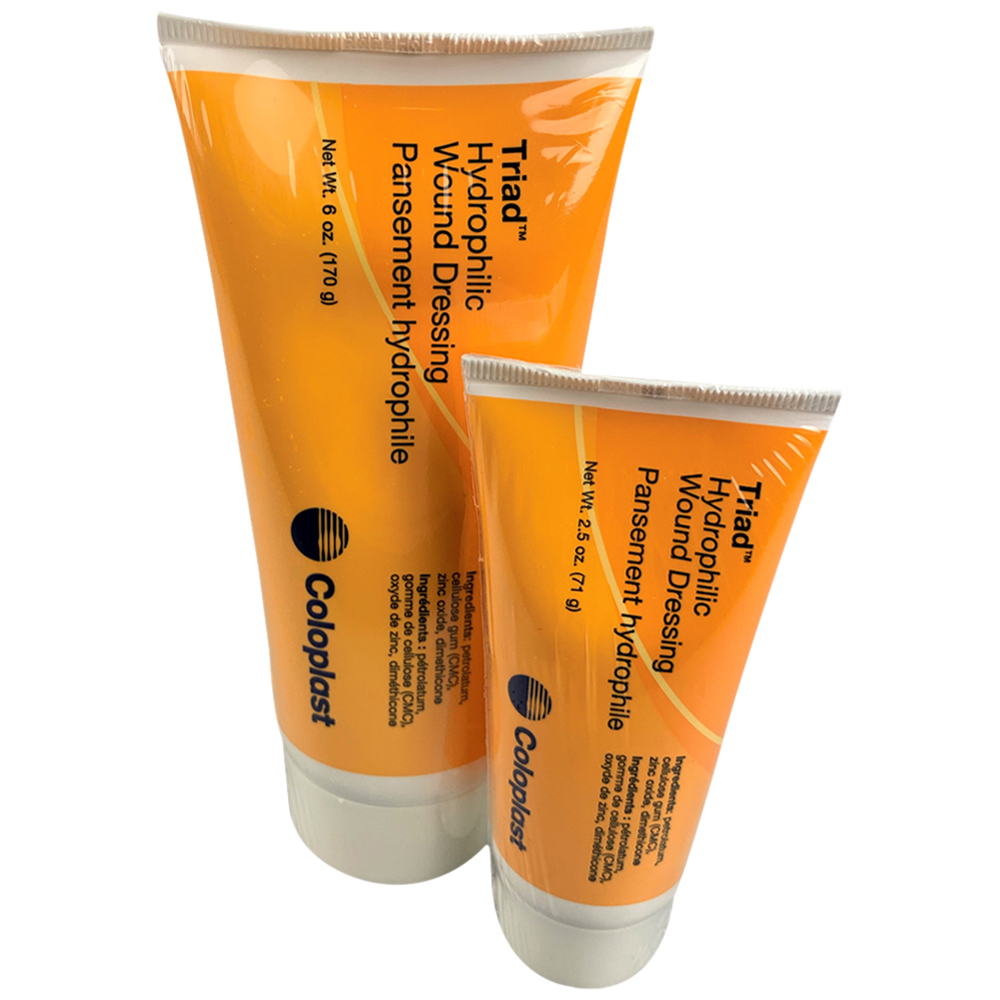
Triad Hydrophilic Wound Dressing
Triad hydrophilic wound dressings use a zinc oxide-based paste to absorb low to moderate amounts of fluid. At the same time, the solution once applied
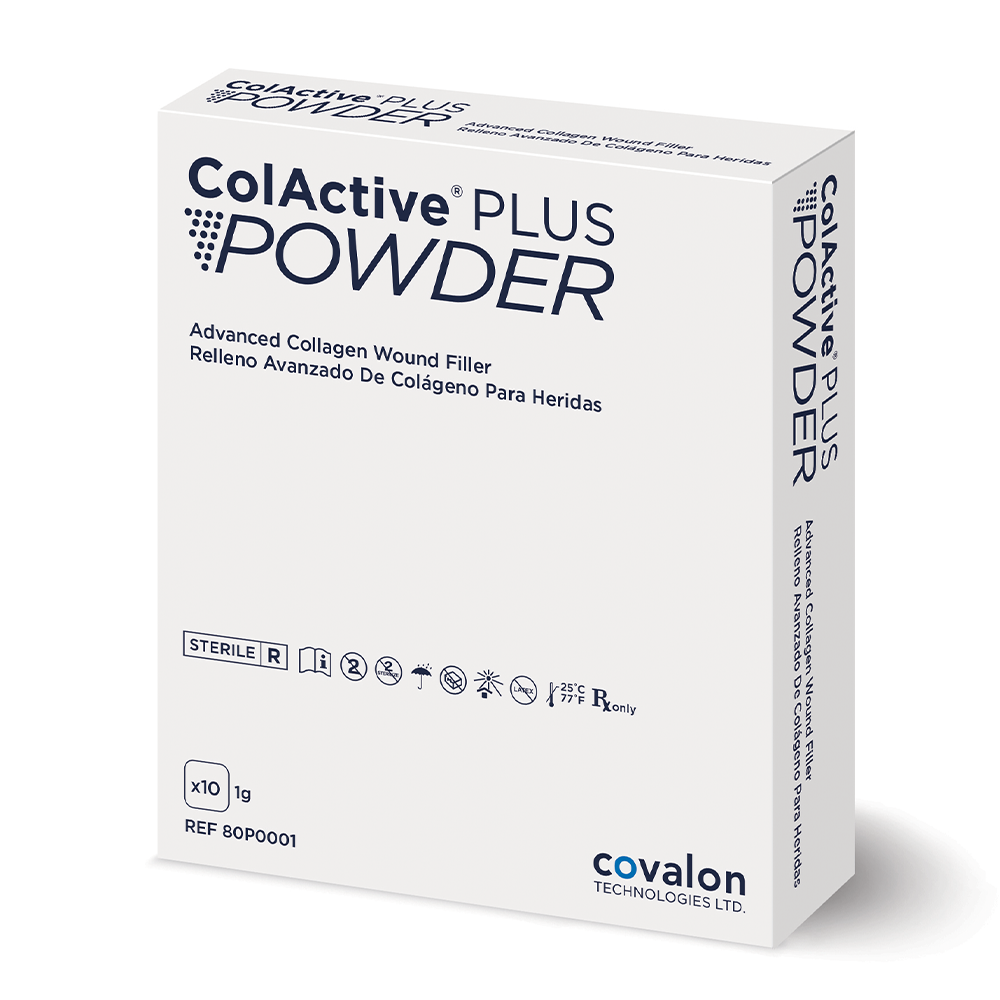
ColActive Plus Collagen Powder
ColActive PLUS collagen dressings are made from a patented blend of Collagen, EDTA (ethylenediaminetetracetic acid), Alginate and CMC (carboxymethylcellulose).
This unique formulation:
• Lowers

Debrisoft Duo Pad for Wound Debridement
Debrisoft – the fast, simple and virtually painless method of debridement that quickly impresses with visible results. It allows reliable removal of debris and exudate
Top Related Brands
Related Videos
Related Blogs
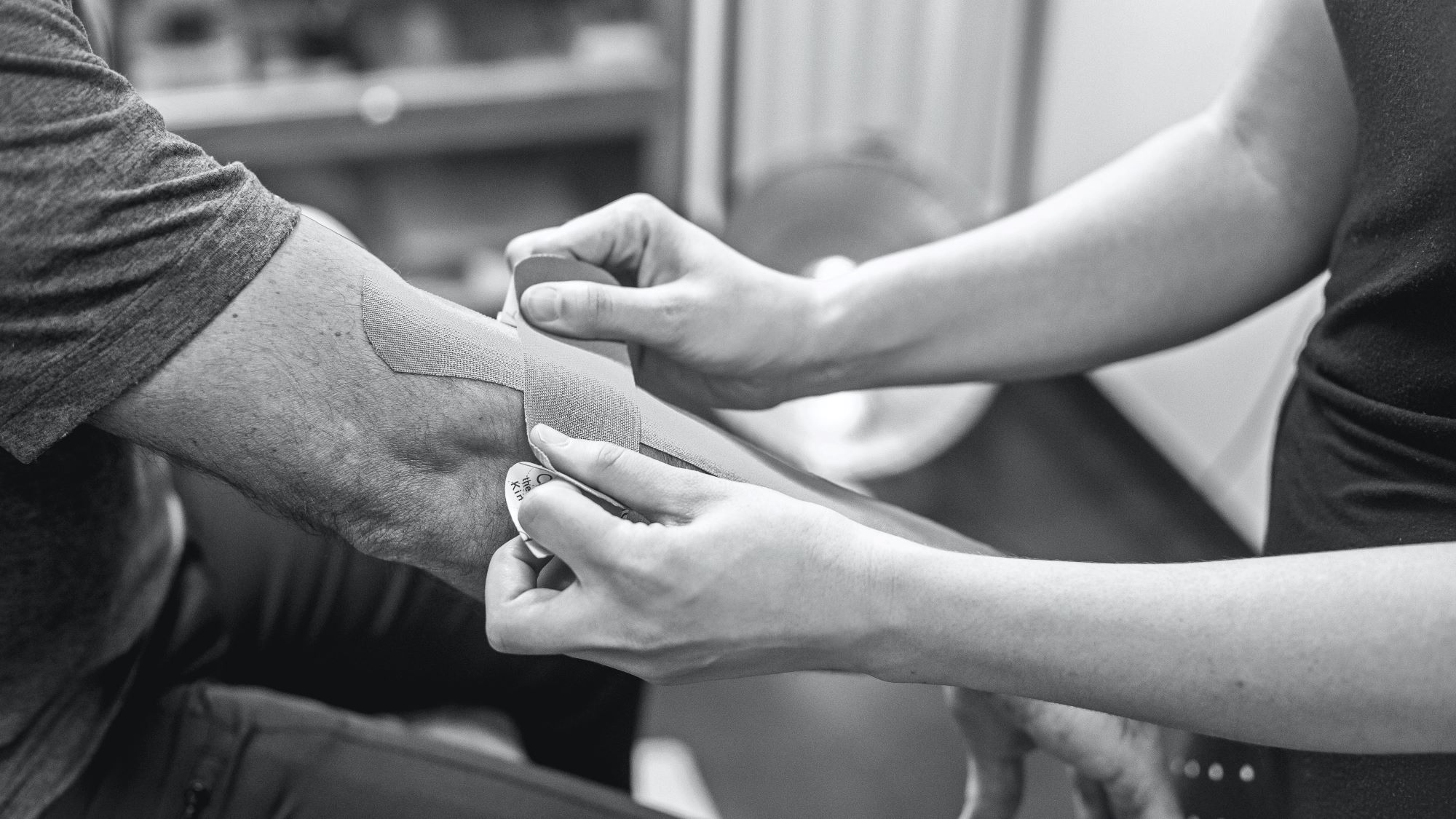
The Methods of Wound Debridement
Chronic wounds are, by definition, difficult to heal. An entire area of medical specialty is dedicated to finding better ways
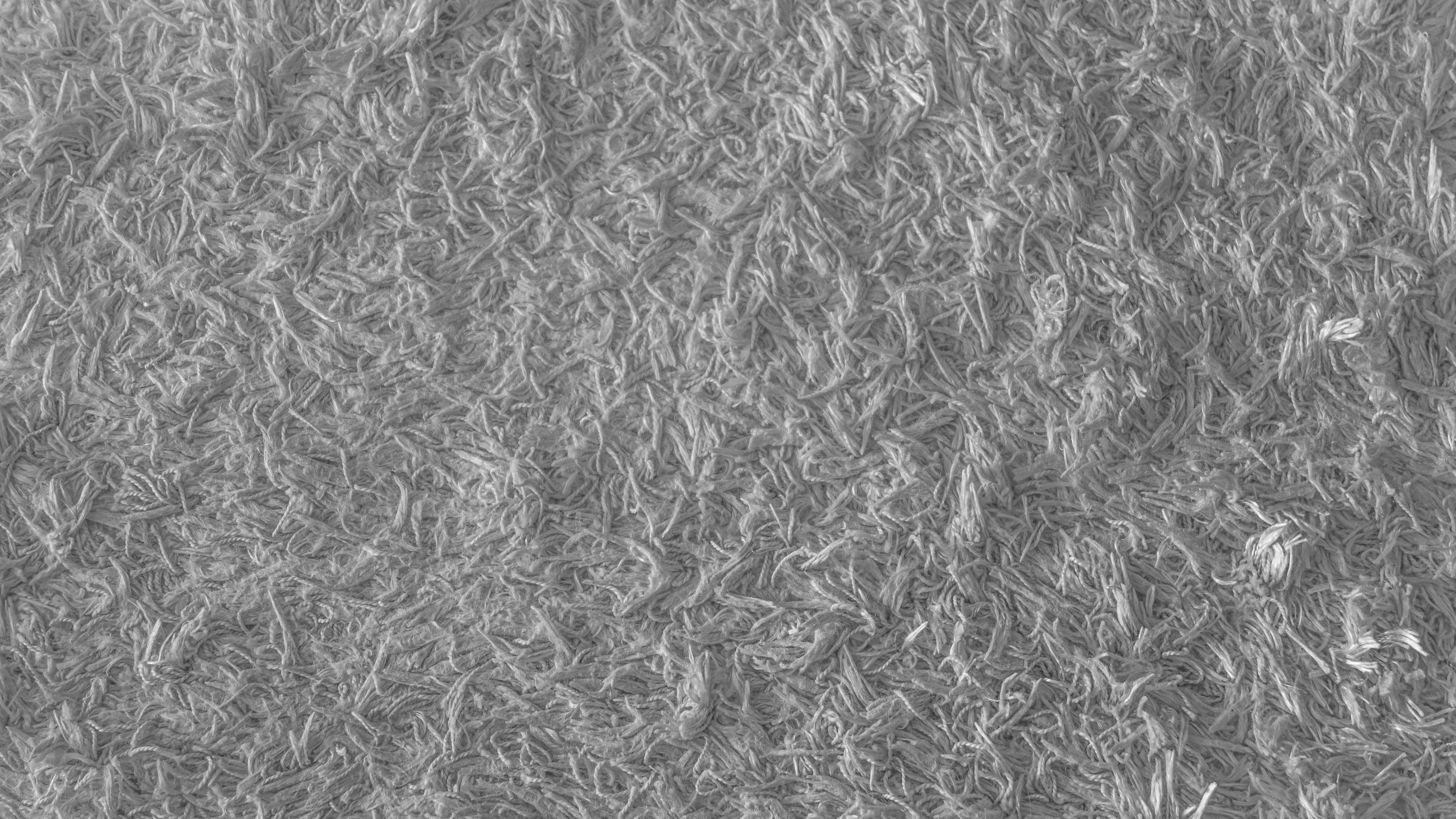
Hydrofiber vs. Calcium Alginate Dressings
For medium- to heavy-exudate wounds, Hydrofiber® and calcium alginate dressings are two common solutions. These advanced dressings help draw in
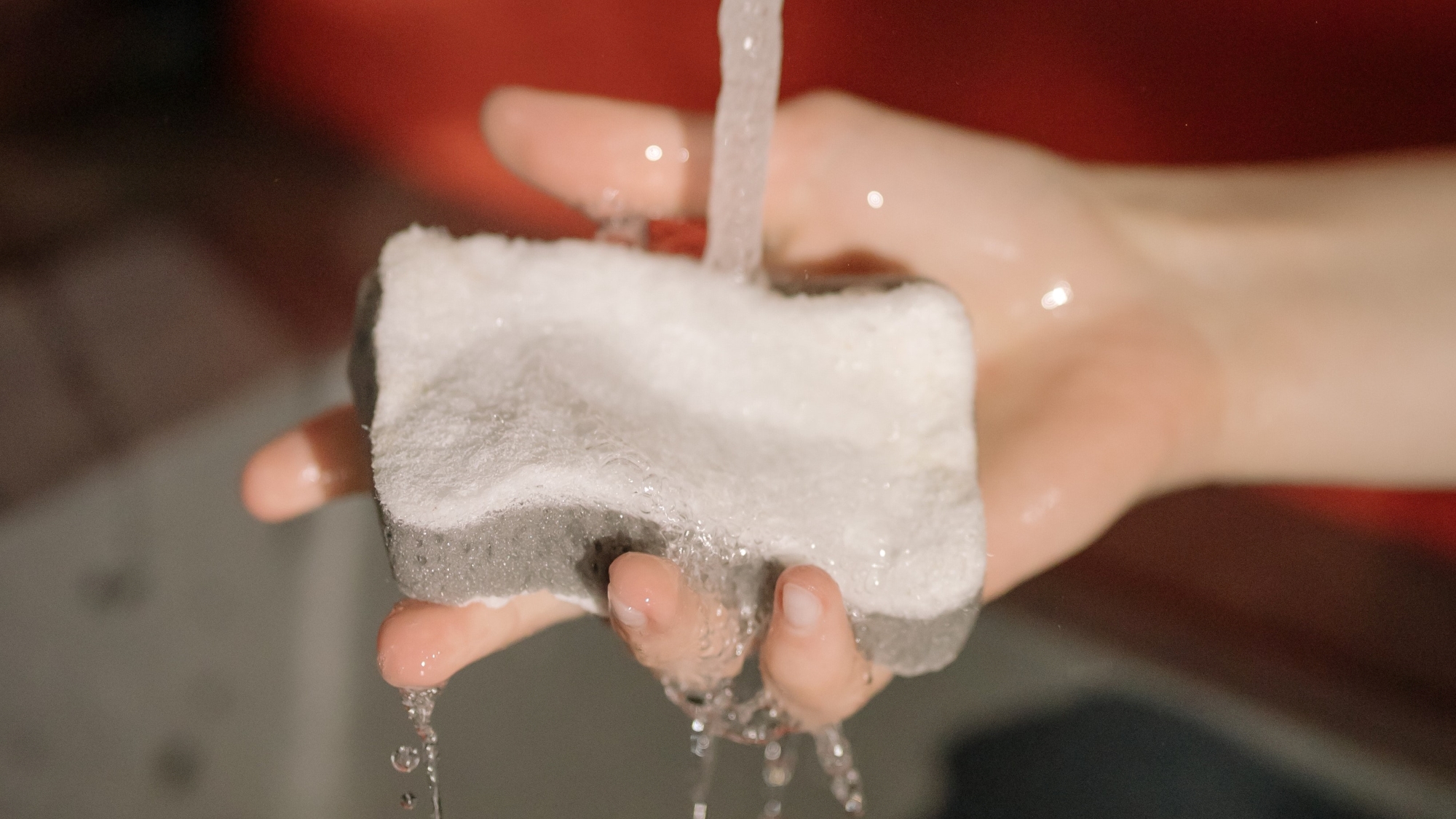
How to Manage a Highly Exuding Wound
Exudate management is a key factor in treating patients with hard-to-heal wounds. Exudate plays an important role in wound healing.

Why is My Wound Not Healing?
You may wonder, “why is my wound not healing?”. Generally, wounds can heal alone, especially if given the proper treatment
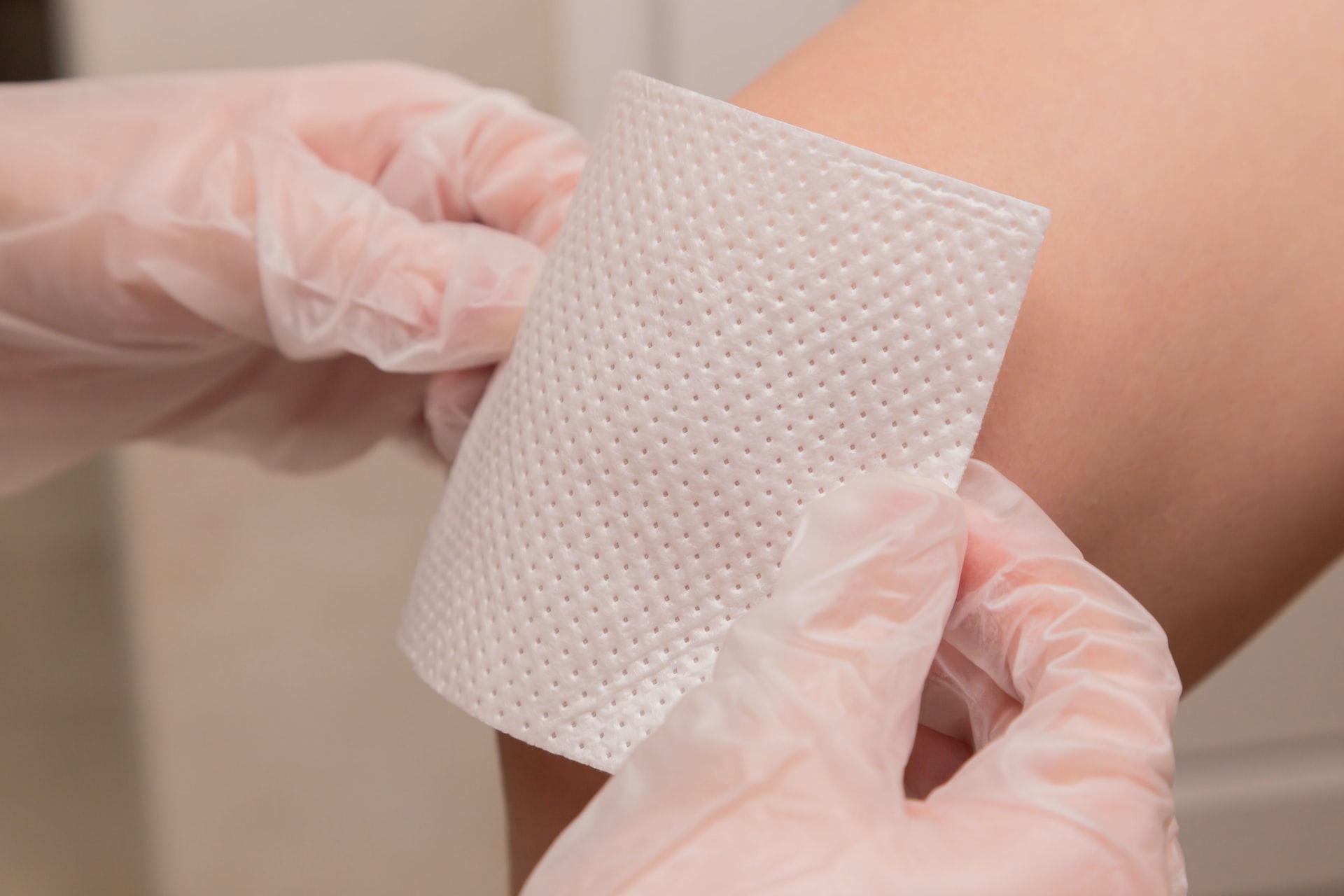
How to Clean and Disinfect a Wound
When a wound occurs – be it a cut, abrasion, laceration or burn – it should be cleaned and disinfected
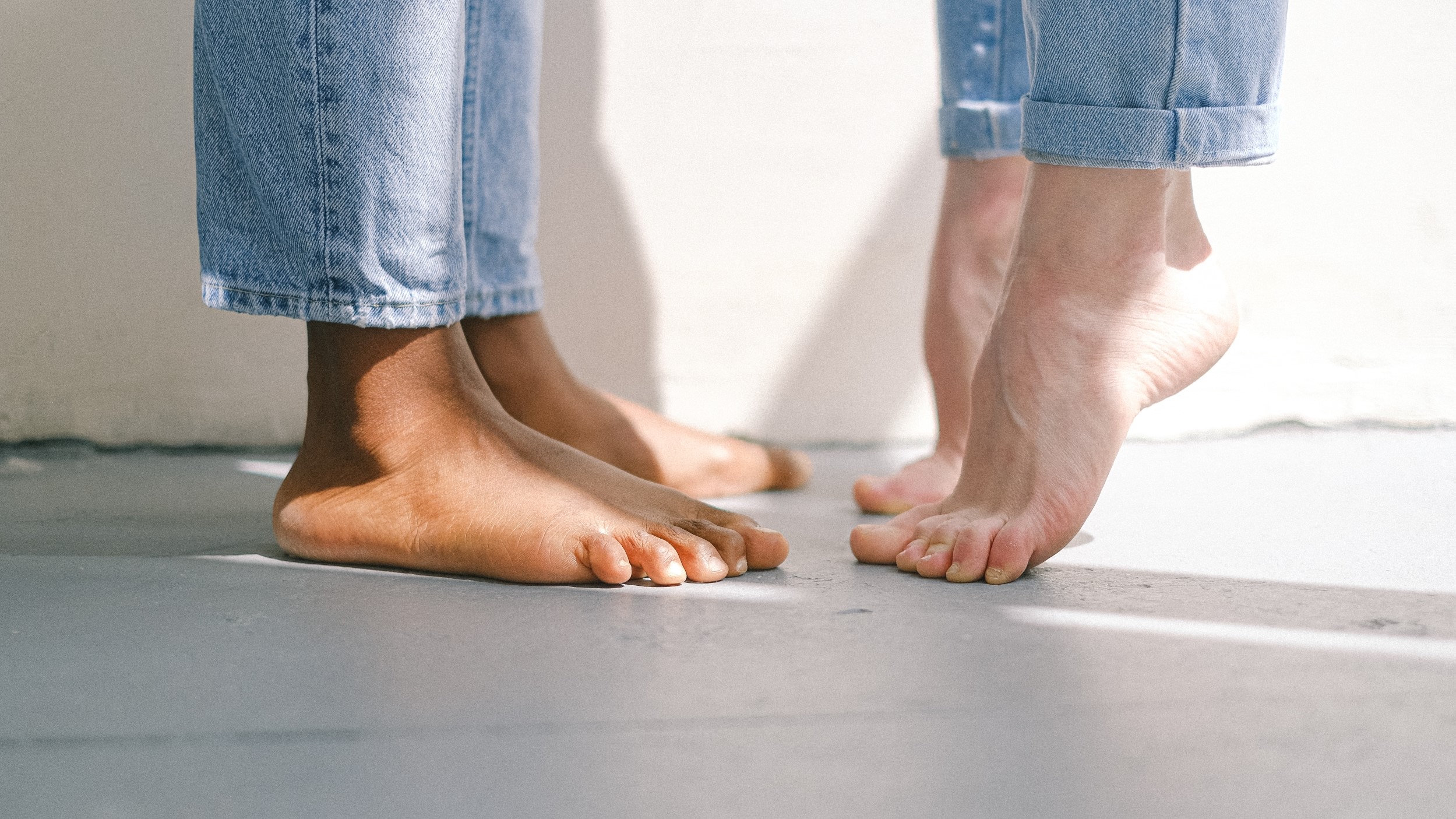
Diabetic Foot Ulcer Wound Care
Although treatments for diabetes continue to improve, diabetic foot ulcers remain a frequent occurrence. They often appear due to a

